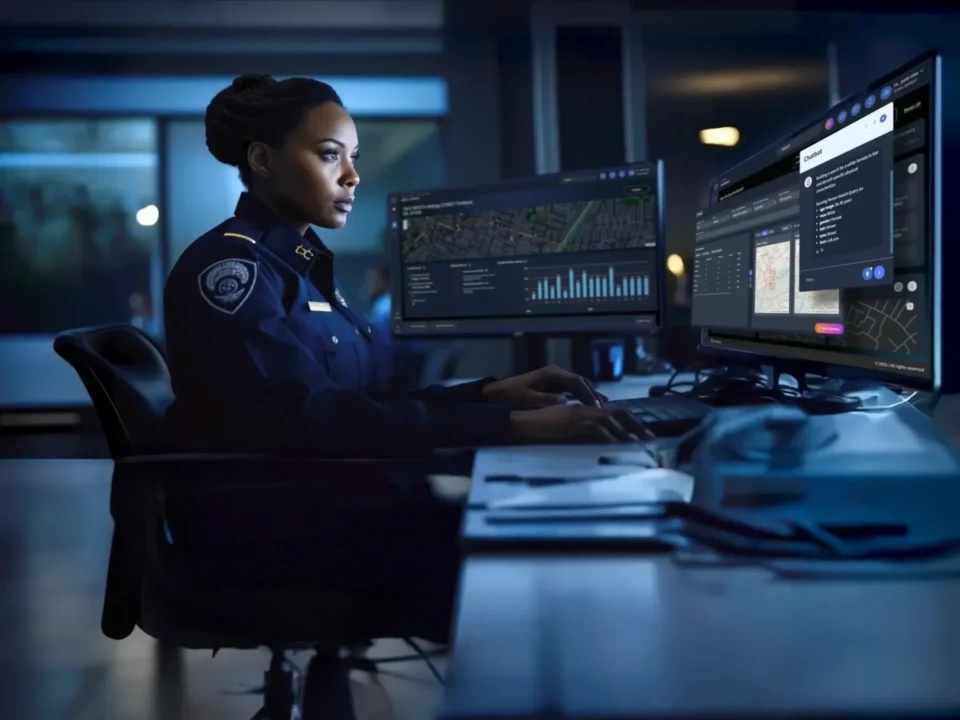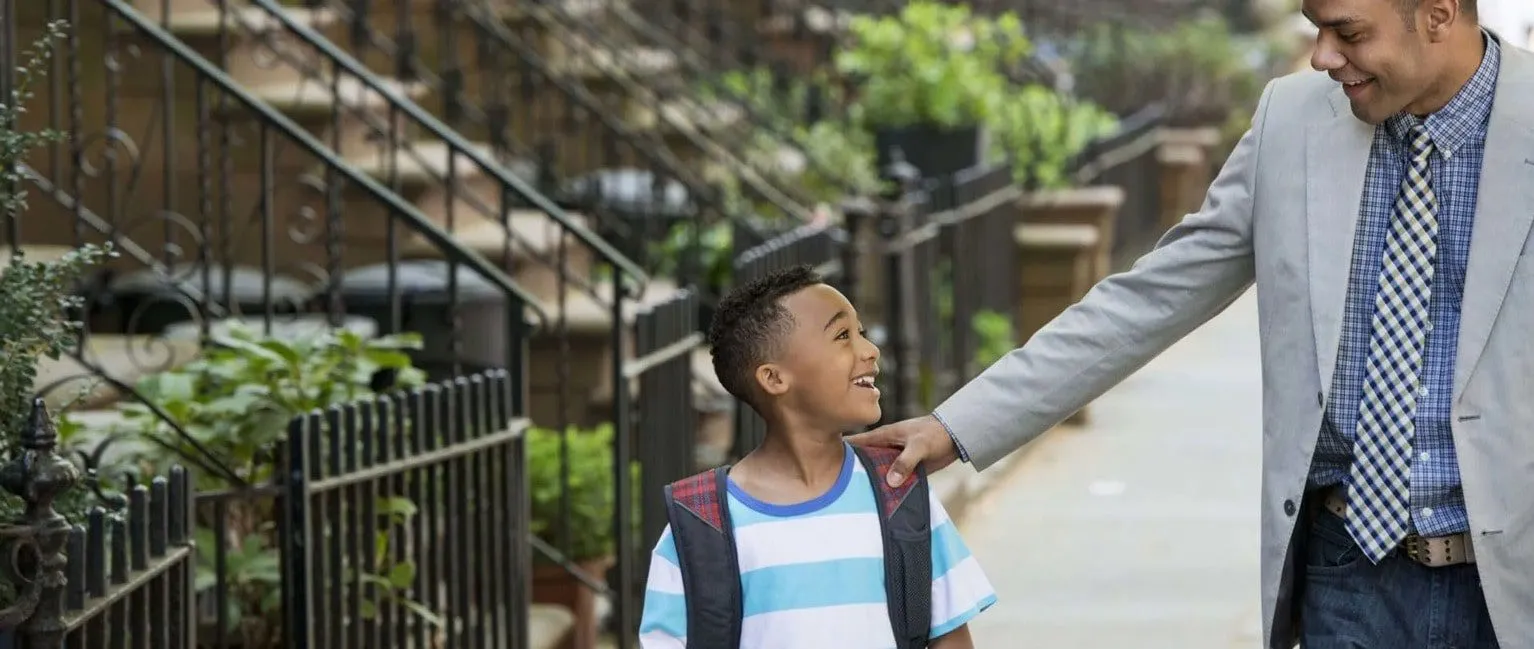ShotSpotter has revolutionized real-time gunfire detection, but for maximum effectiveness, it should be leveraged alongside a Crime Gun Intelligence Center (CGIC).
Why? Consider that cities and law enforcement agencies that invest in this acoustic gunshot detection technology expect it to deliver results—faster responses, increased gun recoveries, and, ultimately, safer communities. But many agencies are underwhelmed, wondering why the outcomes don’t always match the promise.
The answer isn’t that ShotSpotter doesn’t work. It works exactly as designed. The challenge lies in how agencies leverage the information ShotSpotter provides. And all too often, the missing piece is a structured, intelligence-led approach—specifically, a Crime Gun Intelligence Center (CGIC) or program.
ShotSpotter technology detects, triangulates, and reports gunfire incidents in near real time. It tells officers where a shot occurred and when it happened. But it doesn’t tell you who pulled the trigger or why. It doesn’t make an arrest or identify the gun. That’s where many agencies fall short—they treat ShotSpotter as a complete solution when it’s the starting point for a much deeper investigative process.
Every ShotSpotter alert is a potential investigative lead. However, the opportunity is wasted if no system can capture and act on that lead. A Crime Gun Intelligence (CGI) Center or program bridges that gap. It brings structure, strategy, and follow-through to each incident, transforming an alert into actionable intelligence.

The Impact of a Crime Gun Intelligence Center
A study conducted by Rutgers University of NIBIN in the State of New Jersey revealed that in instances where there are two shooting events linked by ballistics through NIBIN, 50% of the time, a third shooting event utilizing the same firearm will occur within 90 days.
With a well-designed CGI framework, every gunfire alert becomes an entry point into a broader investigative process. The scene is secured. Evidence is recovered. If a firearm is located, it’s immediately processed for forensic evidence and entered into NIBIN. Shell casings are matched. Patterns emerge. Shooters are identified and linked to other cases. Now, instead of working in silos, your team is working a system—a system that connects the dots between crime scenes, firearms, and offenders. Simply put, a CGI program turns a single gunshot detection into the first step of a solvable case.
So, what does incorporating CGI to your ShotSpotter deployment really mean in practice? It means faster, smarter policing. Patrol officers now respond to alerts with a clear sense of purpose—not just to secure a scene, but to initiate an evidence-driven process. Forensic technicians and crime analysts are part of that response cycle. Firearms are processed promptly. Leads are tracked in real time. NIBIN entries aren’t delayed by weeks or months—they’re submitted within hours. When the system works, it works fast.
A mature CGI program also means fewer missed opportunities. You no longer depend on victims or witnesses to report gunfire. You’re not waiting on overburdened investigators to connect the dots manually. Instead, data is doing the work—guiding your focus, surfacing repeat shooters, and identifying firearm trafficking patterns that span neighborhoods or even jurisdictions.
This is how you move from reactive enforcement to proactive intervention. And it’s not hypothetical—it’s happening in agencies nationwide that have committed to building out their crime gun intelligence capabilities.
At its core, ShotSpotter is a tool. And like any tool, its effectiveness depends on how it’s used.
On its own, ShotSpotter tells you where and when a shot was fired. With CGI, it tells you who fired the shot, what gun they used, where they got it, and how they’re connected to other cases or individuals. That’s the real value. It’s not just about catching the person who fired a gun today—it’s about preventing them from firing it again tomorrow.
Layering a Crime Gun Intelligence Center with ShotSpotter
By layering a CGI program on top of ShotSpotter, you build a repeatable, scalable, and sustainable process. You close more cases. You take more shooters off the street. You identify criminal networks and disrupt their activity. And perhaps most importantly, you earn public trust by showing that your agency can respond quickly and follow through with precision and accountability.
If your agency has invested in ShotSpotter but hasn’t seen the return you expected, it’s time to take a hard look at your structure. Do you have a dedicated CGI team or task force? Are you collecting and analyzing evidence from every ShotSpotter alert? Are NIBIN hits being acted on quickly and systematically? Are patrol, forensics, and investigators working from the same playbook?
You leave value on the table if the answer is “no” to any of those questions.
The good news is, it’s fixable. Establishing a CGI program doesn’t require massive new resources—it requires alignment, leadership, and a commitment to intelligence-led policing. If you need help designing or implementing that program, proven models and experienced professionals are ready to guide you.
ShotSpotter is a powerful starting point. However, its potential remains unrealized without a Crime Gun Intelligence Center or program.
If you want to go beyond detection and make a real impact on gun violence, you need more than alerts—you need a strategy. One that connects technology, evidence, and intelligence into a seamless process. That’s what CGI delivers.
The real question isn’t whether ShotSpotter detects gunfire—it does. The real question is whether you’ve built the infrastructure to turn that alert into action. It’s time to move beyond just knowing a shot was fired—to knowing who pulled the trigger and closing the case.





